While visual content provides a fun and expressive way for people to communicate online, it poses challenges for people who are blind or severely visually impaired. Worldwide, more than 39 million people are blind, while only in Europe over 30 million have a severe visual impairment.
As social media becomes an increasingly visual experience, Facebook hopes its Automatic Alternative Text (AAT) technology will help overcome exclusion and enable equal access to connect with others.
AAT is a new development that uses AI-powered object recognition technology to generate a rich description of an image. When someone swipes past a photo on their newsfeed, this technology will describe some of the items the photo may contain. For instance, someone could hear “image may contain three people, smiling, outdoors.” Facebook is careful to only include items where they believe there is a high degree of precision and accuracy to avoid creating negative experiences.
While this technology is still being developed, tapping its current capabilities to describe photos is an important step toward providing the visually impaired community the same benefits and enjoyment that everyone else gets from photos.
Each advancement in object recognition technology means that the Facebook Accessibility team will be able to make technology even more accessible for people with disabilities.
The team has also made good progress in providing closed captions to help people who are deaf or hearing impaired, and ensuring Facebook can be used by people with limited mobility who use eye-tracking devices.

